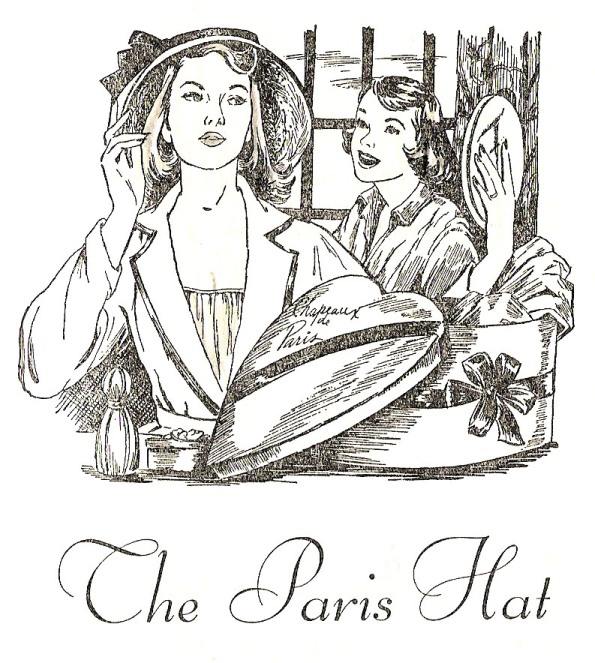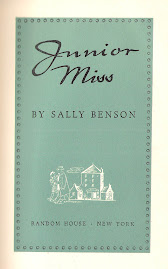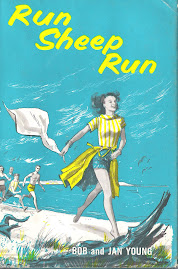 Titles: The Divided Heart; Honor Sands
Titles: The Divided Heart; Honor SandsAuthors: Mina Lewiton; Mildred Lee
Publishers: E.M. Hale, 1947 (1965 reprint); Lothrop, Lee & Shepard, 1966
Provenance: Formerly the property of the Nye County (Nevada) School District
Settings: New York City; Cypress, a small Florida town
Fun: Playing "Greensleeves" on the harp; helping your old man out with a couple of extra bucks; characters named Princess Gault and Mr. Bubber Arrington
Quotes:
"I've been reading up on Child Psychology. What are you going to do, Julie?" "Do?" "For a career, I mean." (The Divided Heart)
I don't deserve Mother or Daddy -- or Grandma, either, Honor thought. I am an evil person. She cut the zinnias as long stemmed as possible. (Honor Sands)
Both these books belonged to the school district of Nye County, Nevada, probably to the school in Tonopah, the town where I bought them.* Both books still had their check-out cards in their back pockets, and I couldn't help peeking to see how popular they might have been. (A dangerous thing for a writer to do, I know.) Honor Sands was checked out a total of 6 times, most recently in October 1972. The Divided Heart, however, was checked out 24 times, mainly in 1968-69, when it seems to have gone through most of the female portion of the eighth grade.
I can't quite say what the attraction of The Divided Heart might have been. It's a wistful little book about divorce, set in post-war New York City. Julie's father is unemployed songwriter who eventually goes off with a rich woman, although Julie, after discovering folk songs and getting a job taking care of neglected babies at a nearby Settlement House, doesn't seem to miss him much. (Mina Lewiton taught at the New School for Social Research, and honestly, it doesn't show a bit.)
Honor Sands would seem to be more contemporary, being a quiet little book about life in a town in Central Florida. Much like Mayberry, there are no African-Americans in this ideal town, presumably because Mildred Lee did not want any controversial civil rights stuff in her book, and if you let this go by you have a nice story about slumber parties, school rivalries, a handsome science teacher and going to the prom. The strangest thing about Honor Sands is a rather sophisticated subplot in which Honor begins to suspect her father of having an affair -- with her aunt. When Honor finds out that her father is simply giving Aunt Cathy advice on her upcoming marriage, Honor is so relieved she throws up, which is a nice, unsentimental touch.
On the other hand, if I were an eighth grader in Tonopah, Nevada in 1968, I might have preferred The Divided Heart too.
*I bought my first two teen girl books, The Paris Hat and The Charmed Circle, in Tonopah last year, selecting them from a table labeled "Books -- $3.00" in the Central Nevada Museum. Alas, the museum no longer has that table, but there is now a used bookstore in town.













